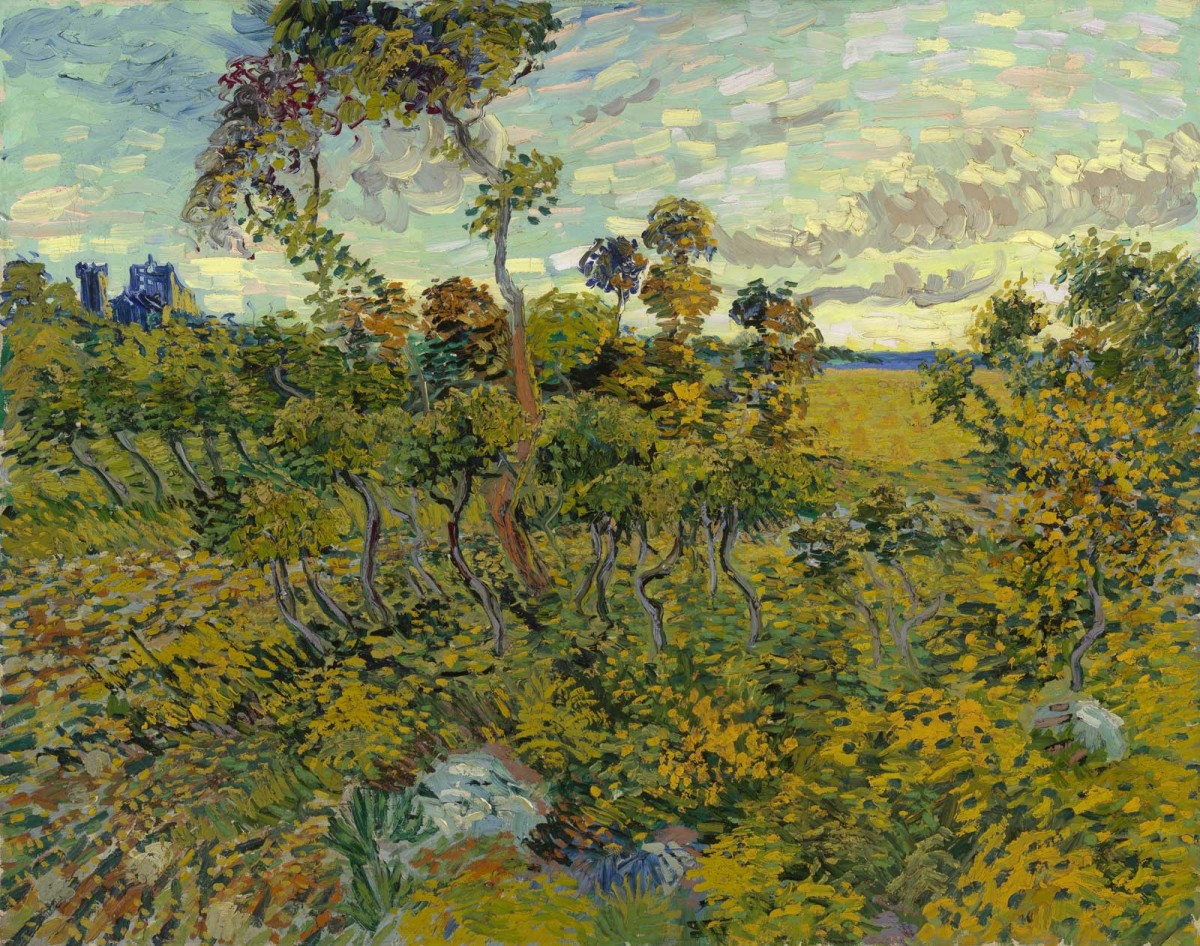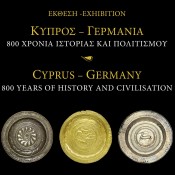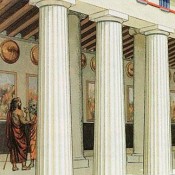International Congress on the Authenticity of Paintings
For a long time there has been a need within the international art community for a forum in which participants from different countries and from various professional backgrounds can meet one another to debate contemporary questions of authenticity and exchange information about recent developments in the field.
The very first symposium on authentication issues ‘Authentication in the Visual Arts’ was held in Amsterdam on the 12th of March, 1977. Thirty-five years later the need for a new conference has become more critical than ever before. It all seems to come together now: major changes forced by a new generation of thoroughly trained scholars, a whole sale interrogation of traditional connoisseurship, the economic boom on the value of paintings, collectors with a strong interest in asset value, improved techniques for research and objective scientific examination and, not least of all, the social and financial pressures originating from the field of law as well as from the public.
Responding to the shared concerns within the art world, AiA was formed to organise an international conference on 7-9 May, 2014, entirely dedicated to the subject of authenticity in paintings. The conference, “Authentication in Art”, is to be held in The Hague – International City of Peace and Justice – and will provide the means for international participants, active in various fields, to meet. The congress will encourage an evaluation of authentication research, and a free exchange of experiences and ideas about the latest developments in the fields as well as the best way forward.
Authentication in Art (AiA) is a not-for-profit foundation dedicated to the organisation of the congress and aims to gather and disseminate information on authentication questions and topics.
Call for Posters
Authentication in Art invites submissions of posters.
Conference Language: The conference language is English.
Topics
Posters addressing any of the following topics regarding issues of authentication of paintings are welcome.
(NOTE: the conference will concentrate on these issues related to paintings specifically to focus the scope of the discussions – themes considering sculpture, works on paper, etc. will not be considered):
• Issues of connoisseurship in the authentication of paintings.
• Challenges faced by historians publishing or cataloguing the work of an artist.
• Issues of the technological and scientific studies in the authentication of paintings.
• Training of professionals involved in the authentication of paintings.
• Legal issues arising from the authentication of paintings, national and international problems involving authentication.
• Changing historical attitudes / approaches, both scientific and connoisseurial, to the authentication of paintings.
• Fakes and forgeries – implications for the art market, trends in the production and detection of fakes. The future of investigation of fakes by new or renewed scientific techniques.
• Improved IT-technology for the protection of open sources against falsification.
The process:
Please select one (or more) of the working groups, listed at the end of this page, to submit your poster to for consideration.
Submission:
Poster files (JPG or PDF format) should be submitted to [email protected] by December 31, 2013. Authors will be informed whether their work has been selected for further consideration early 2014. If selected, you will be invited to send in the printed original in A0 (zero) format for the Poster Exhibition at the Congress Information Market alongside the conference. A publication of posters and conference papers in the form of postprints is planned.
Posters presented at and published as a result of the AiA Congress will all undergo a peer review process. To this end, the AiA Working Groups have appointed an Editorial Committee of international experts who will make selections from the poster files received. In contrast to our previous Call for Papers, topics that have been presented and/or published elsewhere are also accepted. Should you be invited to present a presentation, the conference organizers will provide for travel and accommodation for speakers at the congress.
Please contact the conference organizers at [email protected] if you have any questions or wish to receive further information on the Congress.
Working groups:
GROUP A. Common terminology and understanding
▪ Goal: to establish common terminology for the basis of information exchange. Experts from different fields operate each according to their own specific backgrounds such that there is a need for a common language, a single terminology serving all disciplines. What are the basic principles / problems?
GROUP B. Standards for scientific and technological research
▪ Goal: to consider and prioritize the most important topics in the field today: history, problems, potentials in the art technological study of paintings and the use of scientific examination techniques for art technology and authentication study. Issues in the identification of fakes and in establishing material authenticity.
GROUP C. Education and Training
▪ Goal: to examine the functioning of educational programs within art history, conservation and various forms of science and forensics and their relationship to the practice of authentication of paintings. Do the extant institutions provide adequate training for professionals who wish to engage in work with authentication? Past, present and future issues/solutions.
GROUP D. Cataloguing and Publishing
▪ Goal: identify best practice in terms of Catalogue Raisonnés (CRs) and related forms of authentication. Issues of the practice and relationship of connoisseurship, provenance research, material investigations, etc. in formation of CRs and in publishing on authenticity issues. Standards and approaches for determining authenticity and establishing CRs.
GROUP E. Art and Law
▪ Goal: to consider and prioritize the most important topics in the art law field relating to authenticity of paintings today. To examine the current state of expertise and information exchange in the art law field and identify where this could be improved.
GROUP F. History of authentication of paintings from c.1700 – c.1940
▪ Goal: to consider the most significant past developments relating to the formation of current practice. What do they tell us and how can we learn from them?
GROUP G. Connoisseurship and the issuing of opinions
▪ Goal: to consider the present and future of connoisseurship and its role in establishing authenticity in paintings. Issues relating to authentication such as the provision of “expertises”, “certificates” and the like. Standards for authentication and attribution.




